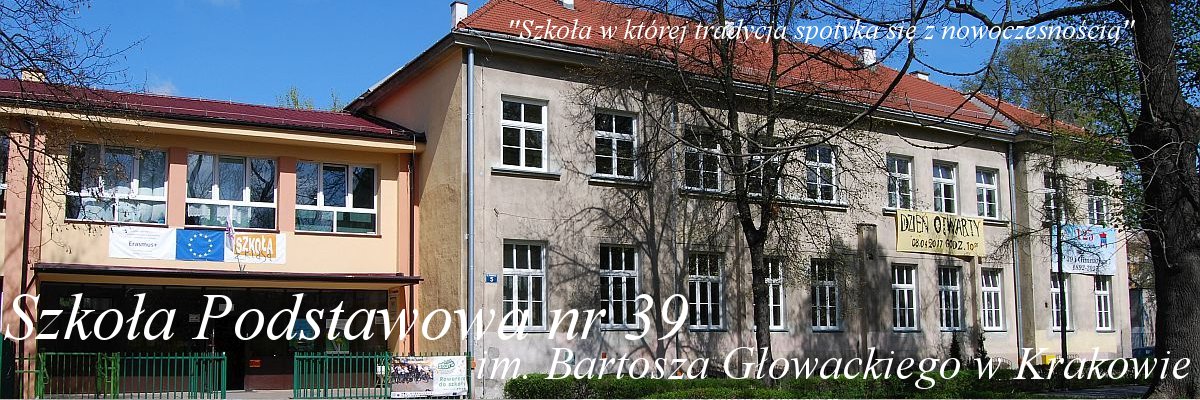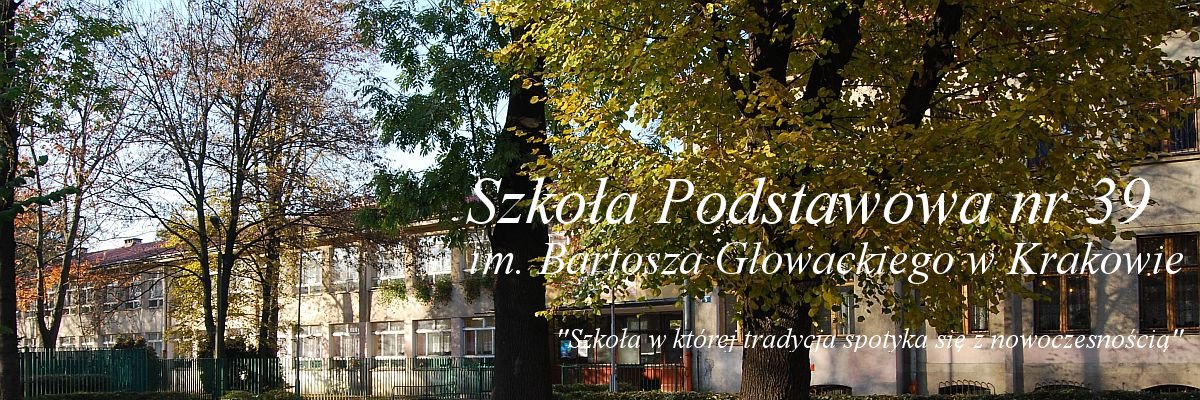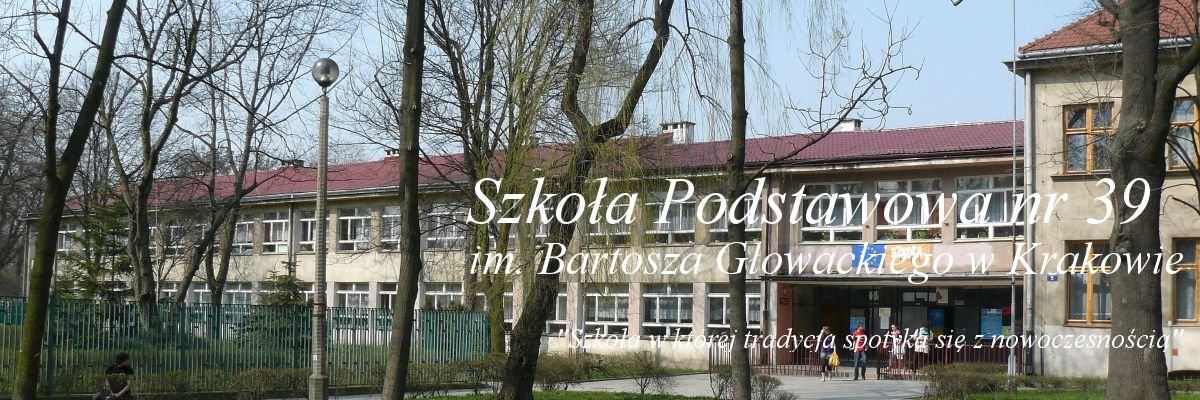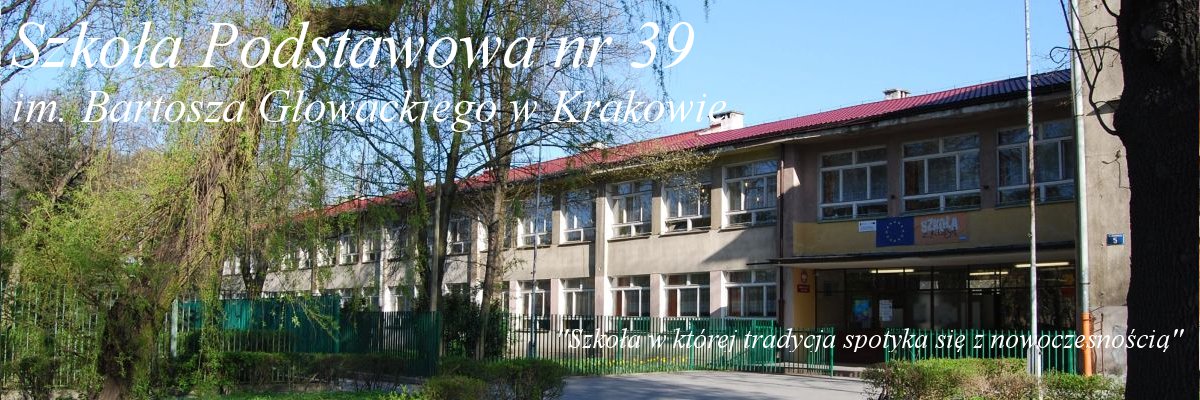HISTORY
The history of Dąbie reaches far into the Medieval Ages. The first recorded fact took place in 1386 when the city of Cracow bought back the Cistercians' village and its adjacent area. Several hundred years had passed before the Borough Council voted on May 14th 1891 to build a one-class People's school on the ground given to the village of Dąbie in 1831 by the senate of UJ. On August 1st 1892, the school council employed the first teacher – Stanisław Szarek from Racibowice. He started his educational activity from establishing the school garden. In this way he marked out the two main directions of work: the students who attended the small one-class school needed to be given elementary knowledge and prepared to live in society. This assumption was followed by the school in Dąbie for one hundred years of its existance. Because of more and more students coming to the school (in 1895 there were 120 children enrolled), the school council in Lwow, on February 18th, decided to convert the school in Dąbie into a two-class one. The idea of continuation of gardening, orchard and beekeeping culture was widely supported, and many courses devoted to this field remained the school tradition for many years.
The school was gaining in popularity in all Galicia. Approved by the society, it attracted and committed a growing number of teachers willing to follow Stanisław Szarek's outstanding achievements.
In year 1911 the two-class school realised the teaching programme of a four-class school of the lower type. In this year it received the number 39 and the name of Bartosz Głowacki. In 1913 a new building started to be built. Soon, the historical events disturbed the educational activity in Dąbie.
When in 1914 World War I broke out, the two of the teachers were called up. The newly raised building was turned into a hospital and teaching was suspended until 1915. When difficult beginnings of the second Republic of Poland came, with times, political systems and governments changing, there was one thing which remained intact in school number 39 – the tremendous commitment of teachers, their active participation in executing tasks of the new reality.
In 1925 the Board of Trustees of the School District reorganised the two-class school and changed it into a seven-class one. The city of Cracow was obliged to build, equip and entirely provide for the school.
It is necessary to remind that the school society again kept up with the times. The school's heart beat along with the nation's heart. There were many examples of that. One of the most moving moments in the history of the school was undoubtfully the fact of consecrating the school's banner on May 5th 1935.Unfortunately, in still unexplained circumstances, the school banner got lost during the World War II.
In 1939, after Nazi's invading Cracow, the school number 39 was occupied by German army. The teaching continued in substitute barracs and the charity-school run by nuns. The realised curriculum was restrained by German authorities. It was not until 1941 that the school building was returned to students and teachers.
The principal of the school throughout all the years of occupation was Jan Kunz. Despite the restrictions of the curriculum of Polish language, history and geography, the teachers taught these subjects secretly. It is known that e.g. Jan Cholewski taught history during the music classes and ks. Matyasik under the pretext of theatre rehearsal broadened the students' knowledge of history and geography. They often organised secret teaching in private houses. This activity ended with the arresting of Jan Cholewski. His further life remains unknown.
On February 1st 1945, after the liberation of Cracow, all the educational institutions were controlled by the polity of Poland. The Głowacki school was temporarily under the direction of Stanisław Święch, then Czesław Niziński and finally Władysław Kopyciński.
The years were passing by. The beginning of the big district of ”Dąbie” resulted in growing number of students at school. During the years of demographic explosion there were about 900 students.
On October 16th 1974 the parent-teacher association passed a resolution to found the school banner. The ceremony of passing the banner took place on October 28th 1975 in ”Związkowiec” cinema. For many years the banner has been an important element of school ceremonial. It produces the feeling of solemnity in significant moments of students' life, such as the beginning of the school year, first class students' vow-taking or the graduates' leave-taking. In 1977 the school patron plaque was unveiled and the school holiday was decided to be celebrated on the anniversary of the battle of Racławice (1985). Since that day, April 4th has been the most festive day of all the school year.




